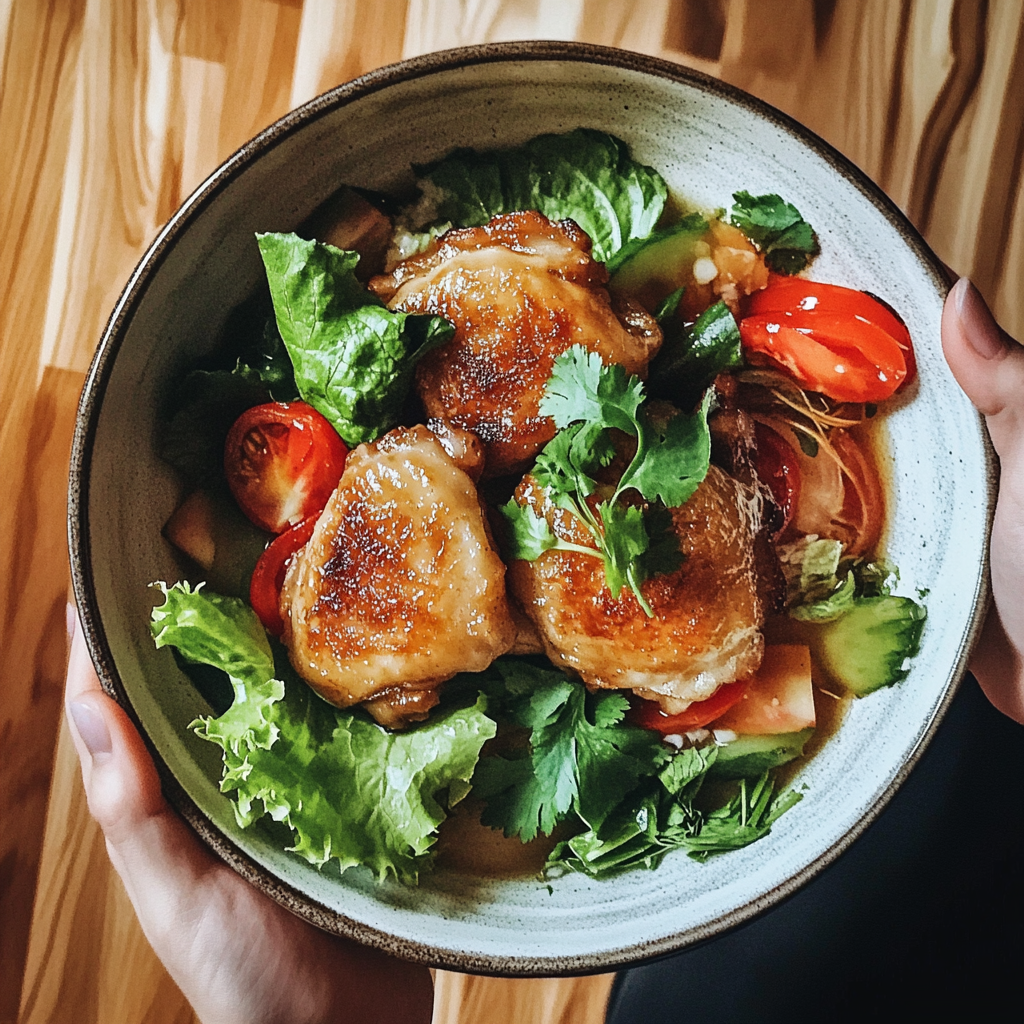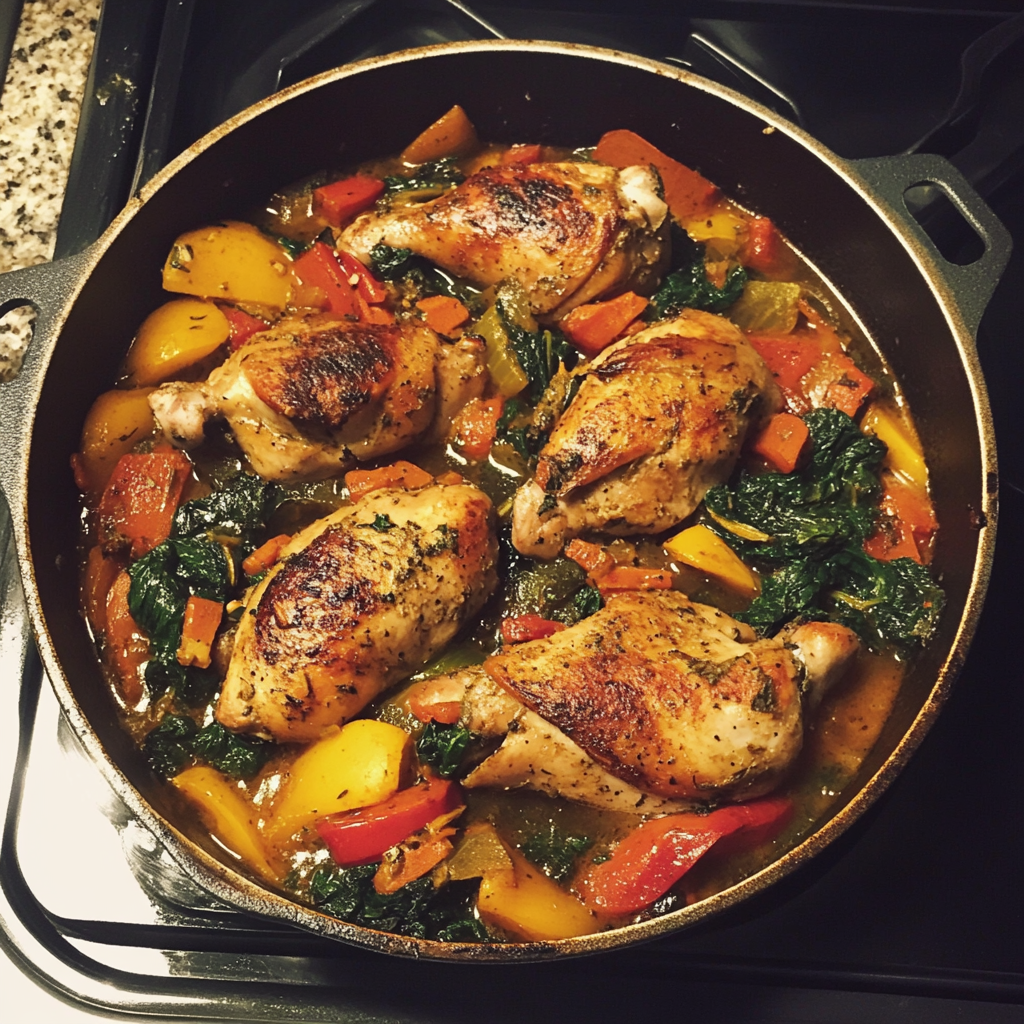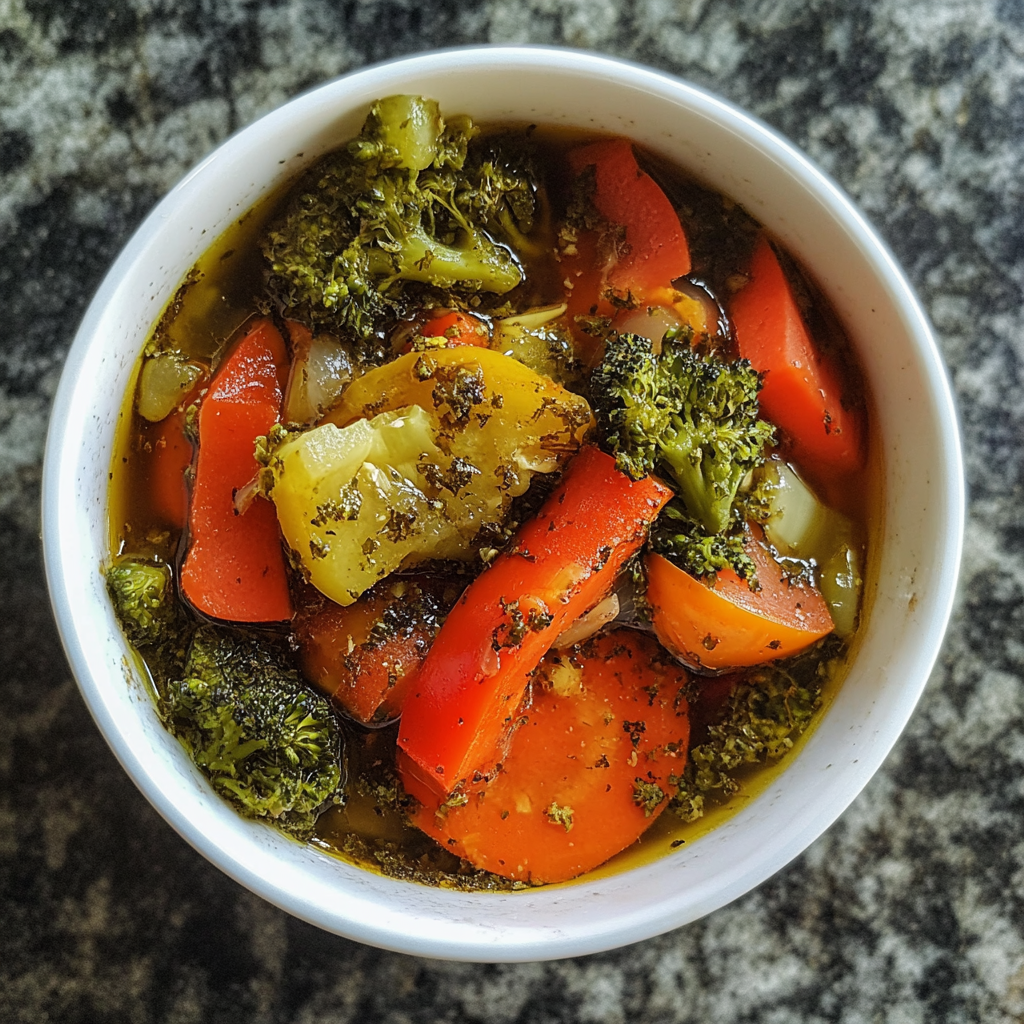
Table of Contents
Introduction to GAPS Diet Recipes
If you are looking for nutrient-dense, gut-healing meals, then GAPS diet recipes are the perfect solution. The GAPS (Gut and Psychology Syndrome) diet focuses on restoring gut health by eliminating inflammatory foods and incorporating nutrient-rich ingredients.

What is the GAPS Diet?
The GAPS diet is a healing protocol designed by Dr. Natasha Campbell-McBride to treat digestive disorders, mental health conditions, and autoimmune diseases. The diet removes grains, processed foods, and refined sugars while emphasizing bone broths, fermented foods, and easily digestible meals.
Benefits of GAPS Diet Recipes

1. Supports Gut Health
By avoiding processed foods and incorporating probiotic-rich GAPS diet recipes, you can heal your gut lining and restore a healthy microbiome.
2. Boosts Immunity
The diet focuses on bone broths, healthy fats, and fermented foods, which strengthen the immune system and reduce inflammation.
3. Improves Digestion
The GAPS diet eliminates complex carbohydrates that can cause bloating, gas, and digestive discomfort, making it easier for the body to absorb nutrients.
4. Enhances Mental Clarity
A healthy gut leads to better cognitive function, reduced brain fog, and improved mood.
Essential Ingredients for GAPS Diet Recipes
To follow GAPS diet recipes, you will need wholesome, natural ingredients:
- Bone Broth – Essential for healing the gut
- Grass-Fed Meats – Provides protein and essential fats
- Fermented Vegetables – Supports digestion with probiotics
- Healthy Fats – Coconut oil, ghee, and olive oil
- Organic Vegetables – Nutrient-rich and easy to digest
- Raw Dairy – If tolerated, it helps with gut flora balance
Easy GAPS Diet Recipes for Beginners

GAPS Bone Broth
Ingredients:
- 2 lbs grass-fed beef bones or chicken carcass
- 1 onion, chopped
- 2 carrots, chopped
- 2 celery stalks, chopped
- 2 tbsp apple cider vinegar
- 10 cups filtered water
- Salt and pepper to taste
Instructions:
- Place bones, vegetables, and apple cider vinegar in a large pot.
- Cover with water and bring to a boil.
- Simmer on low heat for 12-24 hours.
- Strain and store in glass jars.
GAPS Pancakes
Ingredients:
- 2 eggs
- 1/2 cup almond flour
- 1/4 cup coconut flour
- 1/2 cup coconut milk
- 1 tsp honey
- 1/2 tsp baking soda
- Coconut oil for cooking
Instructions:
- Mix all ingredients in a bowl.
- Heat a skillet with coconut oil.
- Pour batter into the pan and cook for 2-3 minutes per side.
- Serve warm.
GAPS Meatballs
Ingredients:
- 1 lb ground beef
- 1 egg
- 1/4 cup coconut flour
- 1 tsp garlic powder
- 1 tsp onion powder
- Salt and pepper to taste
Instructions:
- Preheat oven to 375°F (190°C).
- Mix all ingredients in a bowl.
- Shape into small meatballs.
- Bake for 20 minutes.
Advanced GAPS Diet Recipes for Healing
Fermented Vegetables
Ingredients:
- 1 head of cabbage
- 1 tbsp sea salt
- 1 cup filtered water
Instructions:
- Chop cabbage and mix with salt.
- Pack tightly into a jar.
- Add filtered water to cover the cabbage.
- Let ferment for 7 days at room temperature.
GAPS Chicken Soup
Ingredients:
- 1 whole organic chicken
- 4 carrots, chopped
- 3 celery stalks, chopped
- 1 onion, chopped
- 1 tbsp sea salt
- 10 cups water
Instructions:
- Add chicken and vegetables to a pot.
- Cover with water and bring to a boil.
- Simmer for 2-3 hours.
- Shred chicken and serve warm.
GAPS Bread
Ingredients:
- 1 cup almond flour
- 1/4 cup coconut flour
- 4 eggs
- 1/2 tsp baking soda
- 1 tbsp apple cider vinegar
Instructions:
- Mix ingredients in a bowl.
- Pour into a greased loaf pan.
- Bake at 350°F (175°C) for 30 minutes.
Cooking Tips for GAPS Diet Recipes
- Use fresh, organic ingredients to maximize nutrients.
- Slow-cook meats to enhance digestibility.
- Ferment vegetables for a probiotic boost.
- Avoid processed foods and stick to natural ingredients.
FAQs About GAPS Diet Recipes
1. Can I eat fruit on the GAPS diet?
Yes, but only in moderation. Stick to low-sugar fruits like berries.
2. How long should I follow the GAPS diet?
It depends on individual healing needs. Most people follow it for 1-2 years.
3. Can I have dairy on the GAPS diet?
Yes, but only fermented dairy like yogurt and kefir.
4. What can I use instead of flour?
Use almond flour, coconut flour, or cassava flour.
Conclusion
The GAPS diet recipes provide a natural way to heal the gut, improve digestion, and boost overall health. By incorporating nutrient-dense meals, you can restore your microbiome and support your body’s healing process. Whether you are a beginner or an advanced cook, these recipes will help you enjoy a gut-friendly lifestyle.
If you want to read more information just visit –> https://tastyrecipebook.info/
GAPS Diet Recipes: A Comprehensive Guide to Healing Through Food
Course: UncategorizedCuisine: AmericanDifficulty: Easy4
servings30
minutes40
minutes40
kcalDiscover GAPS diet recipes that promote gut healing. Enjoy nutritious meals like bone broth, soups, and more to support your digestive health
Ingredients
GAPS Bone Broth
2 lbs grass-fed beef bones or chicken carcass
1 onion, chopped
2 carrots, chopped
2 celery stalks, chopped
2 tbsp apple cider vinegar
10 cups filtered water
Salt and pepper to taste
Directions
- GAPS Bone Broth
- Place bones, vegetables, and apple cider vinegar in a large pot.
- Cover with water and bring to a boil.
- Simmer on low heat for 12-24 hours.
- Strain and store in glass jars.
Notes
- Gradual Introduction: The GAPS diet is divided into stages. It’s crucial to start with Stage 1 (a healing phase with easy-to-digest foods) and gradually move to the later stages.
Gut Healing Process: The diet focuses on healing the gut lining, so it’s important to follow the recommended foods and avoid those that may irritate the gut, such as processed foods, grains, and sugars.
Bone Broth is Key: Bone broth is central to the GAPS diet due to its rich content of collagen, gelatin, and amino acids, which help heal and seal the gut lining.
No Dairy for Some: While some dairy products are allowed on the GAPS diet (like fermented dairy), they should be introduced carefully, especially if there is a sensitivity or intolerance.
Mindful of Sugar: Refined sugars and sweeteners are to be avoided as they can disrupt gut healing. Natural sweeteners like honey are permitted in moderation on later stages.
Fermented Foods for Gut Flora: Fermented foods such as sauerkraut, kefir, and kimchi play an important role in restoring a healthy balance of gut bacteria.
Consistency is Key: It’s essential to be consistent with the diet for optimal results, as gut healing can take time. Patience is required.
Seek Professional Guidance: Consult with a healthcare provider or GAPS practitioner before starting the diet to ensure it aligns with your specific health needs.





